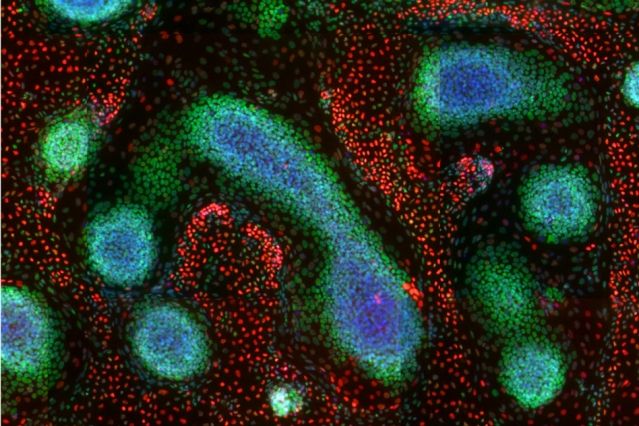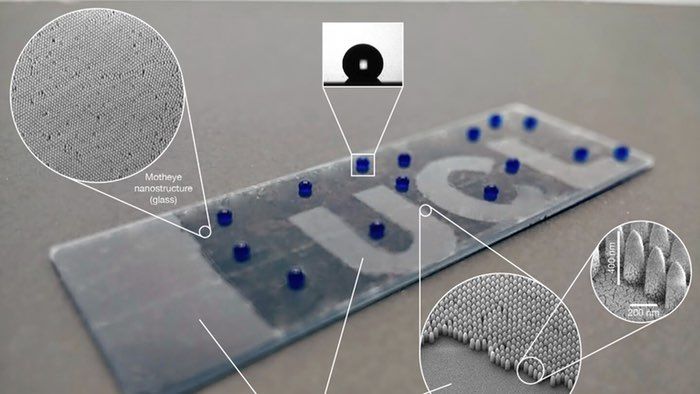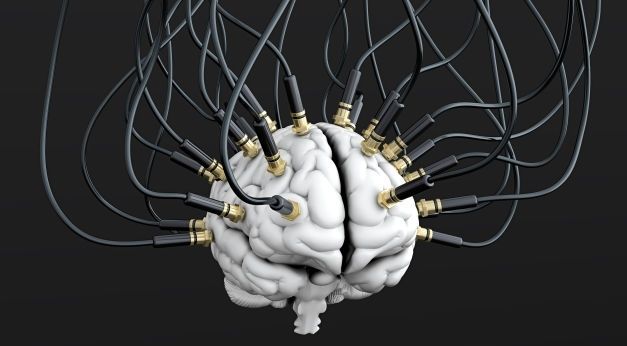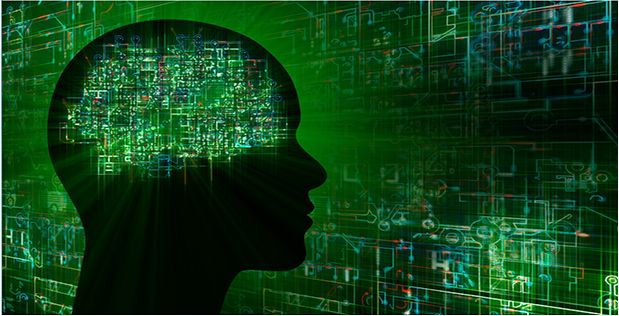Jan 23, 2016
Researchers coax human stem cells to form complex tissues
Posted by Alexandros El in categories: biotech/medical, computing, engineering
The technique, which also has near-term implications for growing organ-like tissues on a chip, was developed by researchers at MIT and is unveiled in a study published today in the journal Nature Communications.
Growing organs on demand, using stem cells derived from patients themselves, could eliminate the lengthy wait that people in need of a transplant are often forced to endure before one becomes available.
It could also reduce the risk of a patient’s immune system rejecting the transplant, since the tissue would be grown from the patient’s own cells, according to Ron Weiss, professor of biological engineering at MIT, who led the research.
















